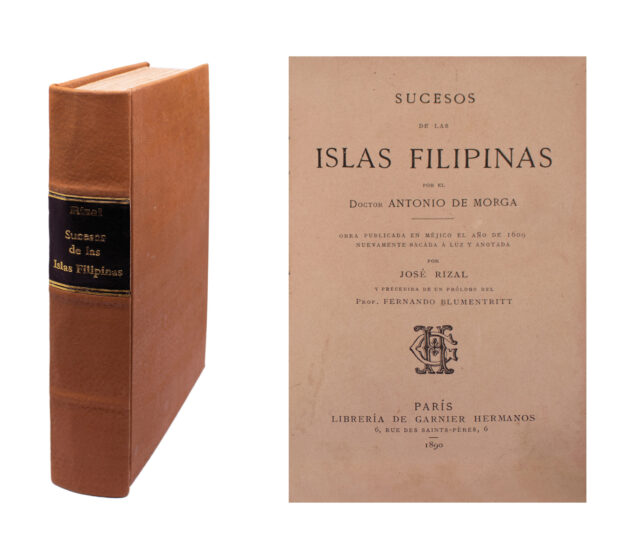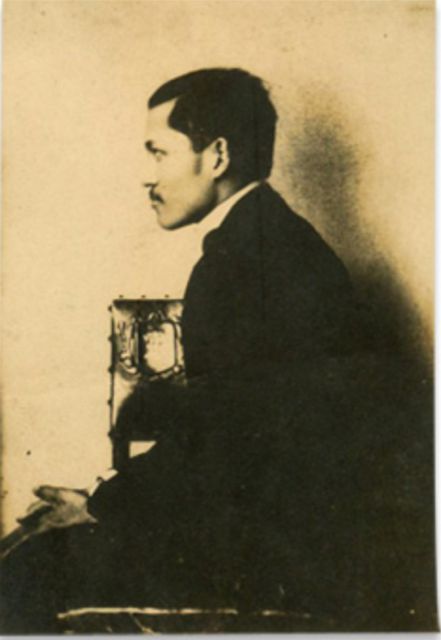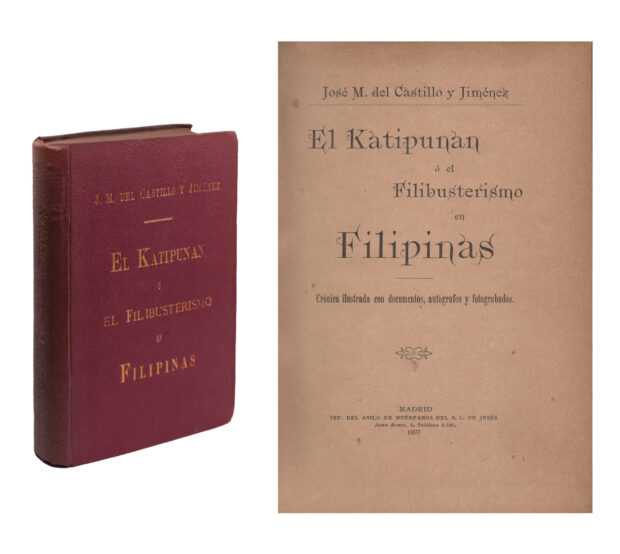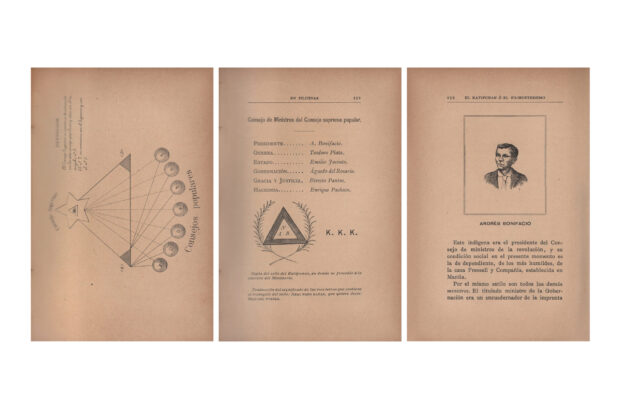Rizal’s Morga annotations, book on Katipunan origins to be auctioned off
The original 1890 edition of Jose Rizal’s annotations of the Spaniard Antonio de Morga’s important 1609 historical work on the Philippines will be auctioned off on June 17.
The auction is part of Leon Gallery’s “Spectacular Mid-Year Auction” for Philippine Independence Month this June.
Morga’s “Sucesos de las Islas Filipinas” (Historical Events in the Philippine Islands) is generally regarded as the first major historiographic work on the early decades of Spanish colonial rule in the Philippines.
The work provides glimpses of the early Filipinos during the early decades of colonization.
Rizal prepared a critical edition of the work with his annotations and an Austrian Filipinologist Ferdinand Blumentritt introduction. The book was published in Paris by the Libreria de Garnier Hermanos.
Article continues after this advertisementMorga (1559-1638) was a Spanish soldier and lawyer who was lieutenant (deputy) governor general of, and later “oidor “ or judge of the Audiencia or Spanish court in, the Philippines from 1595 to 1603.
Article continues after this advertisementBecause he was both a player and witness to the early decades of Spanish rule, Morga’s work is important. To annotate it, Rizal researched at the British Library and compared Morga’s work with similar works on Philippine conditions during the early decades of Spanish rule, such as those by the Franciscan Fr. Juan de Plasencia and the Jesuits Fr. Pedro Chirino and Fr. Francisco Colin.
Rizal found Morga’s work the best.
“Morga’s work is excellent,” Rizal wrote in a letter to Blumentritt in 1888. “He is a modern scholarly explorer.”
What particularly interested Rizal was Chapter VIII of the “Sucesos,” according to Spanish scholar Jorge Mojarro of the University of Santo Tomas. “Chapter VIII … contains a detailed description of Philippine culture, nature, the richness of resources, and geography during the early days of contact with the Spaniards, a description in which the natives are consistently delineated in positive terms,” Mojarro writes in the auction catalogue.
Mojarro explains why Rizal’s annotated edition of Morga’s “Sucesos” is important.
“José Rizal was the first Spanish speaker to see the value and rarity of Morga’s work —even today there are very few copies of the original 1609 edition—, and the Spanish-language reprints that have followed must be credited to his rediscovery,” writes Mojarro.
1897 book on the Katipunan
Also to be auctioned off is the Spaniard Jose M. del Castillo’s 1897 work “El Katipunan o El Filibusterismo en Filipinas” (The Katipunan or the Subversive Movement in the Philippines),” generally believed to be the first major historico-documentary work on the Katipunan.
Castillo was a high official of the Spanish colonial government in the Philippines. His last post was in the Bureau of Statistics, where he had access to information and documents. He was also a journalist who contributed to the Madrid publication Revista Contemporánea.
His important book is subtitled “Cronica ilustrada con documentos, autografos y fotograbados”—”Illustrated Chronicle with Documents, Manuscripts and Photogravures.
The Asilo del Huerfanos del S.C. de Jesus published the book in Madrid.
Mojarro, in the catalogue explains the book’s significance: “It was published– let us remember – when the Biak-na-Bató Pact had not even been signed yet (December 14, 1897).”
“Perhaps one of the values of this book lies precisely in the fact that it was published when the Katipunan insurrection was in full process,” Mojarro continues.
Although the book was written from a Spanish perspective and is therefore critical of the Katipunan, it remains “a veritable mine of data,” Mojarro writes, “even if at times it must be confronted, naturally, with other primary sources about the revolution.”
Leon Gallery’s auction is on June 17, 2023, at 2 p.m., at Eurovilla 1, Rufino and Legazpi Streets, Legazpi Village, Makati City. Tel. 8856-27-81. Preview is going on till June16, 9 a.m. to 7 p.m. To browse the catalogue, visit www.leon-gallery.com.
READ:



